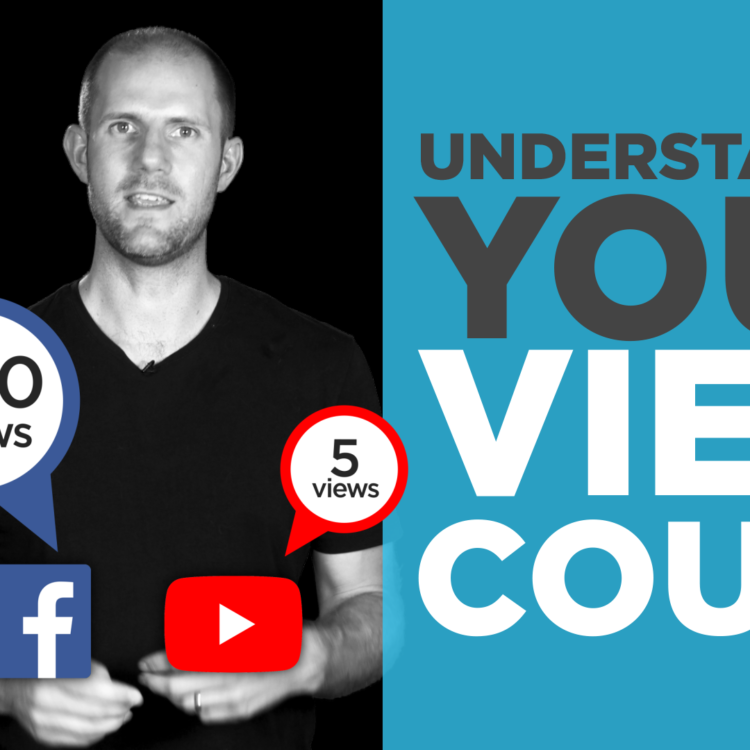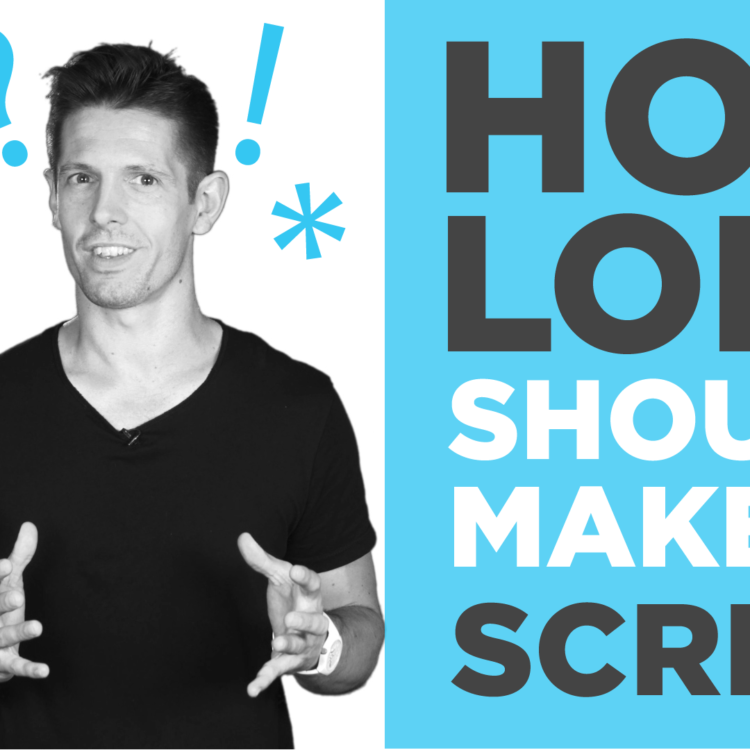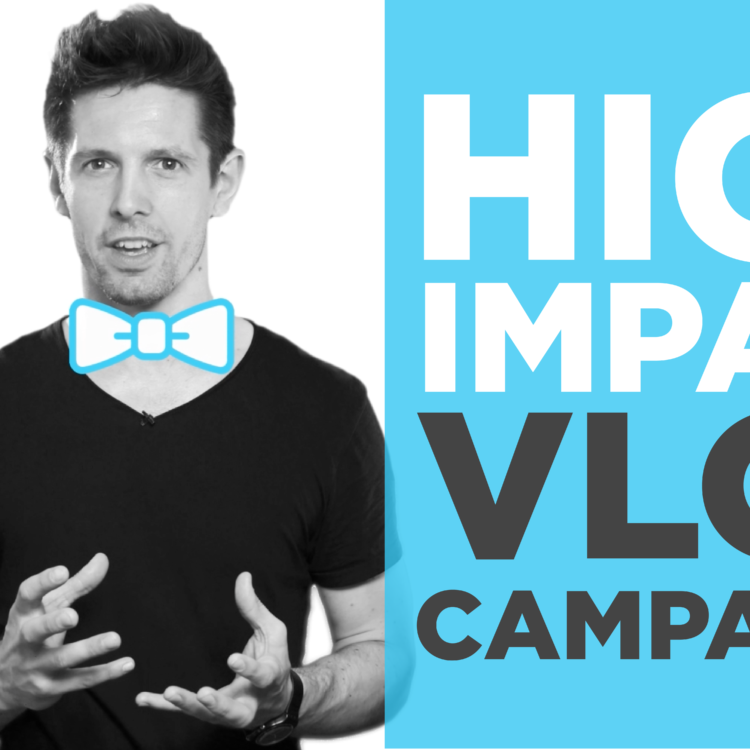Understanding Your View Count
Is a video’s view count the most important measure of success?
Mike Plenty, Dead Ready Productions Managing Director, demystifies this powerful metric in the vlog above.
Checkout the transcript below:
Hi, today’s video blog is about understanding the view count of your video. When it comes to judging the performance of videos, view count tends to be the most popular metric, and it’s easy to see why:
- It’s the most visible measurement, clearly shown on most platforms
- It’s easy to make sense of
- It can generate some impressive number
But looking at view count alone is a risky way to assess how well your video is performing, for a few key reasons.
Firstly, the view count itself doesn’t tell you anything about who your audience are. You may have 500,000 views on your latest video release, but if those views are all occurring in New Zealand and your target market is the UK, then you probably need to re-evaluate how to reach your audience.
Secondly, viewing numbers aren’t the same as viewer retention. If those 500,000 people are on average only watching 5% of the video, the vast majority of your content isn’t being seen.
Thirdly, it’s important to remember that different social media channels measure views in different ways. As an example, on Facebook if your video autoplays on someone’s feed for 3 seconds or more, you’ve gained a view. But on YouTube, the viewer has to initiate playback and play a minimum % of the video before a view is counted.
For this reason, it’s easier to achieve high view counts on Facebook than YouTube. There are different criteria for other social networks too, so it’s important to be aware of that before assuming that one of them simply performs much better for you than the others.
So if view count is a flawed measurement, is it effectively useless? Well no – but it’s best to think of it as a starting point when analysing video success; a headline figure that needs breaking down before drawing any conclusions. It’s like the turnover of your business, when what you really need to know is profit.
Combining view count with other metrics allows you to make sense of the numbers, and understand what’s working and what isn’t when it comes to production and distribution of your content. And it starts right from the beginning when setting goals for your video – by all means, incorporate viewing figures into these, but know the limitations and be aware that these numbers alone are not a measure of success.
So that wraps up our brief overview of viewer count. Until next time – like our Facebook page or subscribe for more, and share this video to help us boost our view count!



